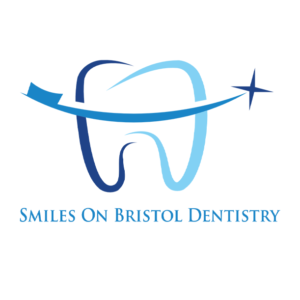[sgmb id=”1″ customimageurl=”” ]
X-rays
A physicist named Willhelm Conrad Roentgen has dated the first X-ray on November 8, 1895. Willhelm accidently discovered that an image from his cathode (now known as electro rays) ray generator could penetrate many kinds of matter. A week after his discovery what his machine was capable of, he took a picture of his wife, which revealed her wedding ring and her bones. This had many people interested in the new form of radiation. Willhelm named the new form of radiation X- radiation (X standing for unknown).
X- rays now play a big role in the medical and dental field. In the medical field a simple X-ray picture can help the doctor determine if a bone is broken or if a cell is growing. In the dental field X-rays help the doctor determine if there is decay growing under a filling, alert doctor if there is possible bone loss associated with periodontal disease, or reveal problems in the canal, such as infections or death to the nerve. For children X-rays are good to watch for decay, tooth growth, or whether the tooth is growing correctly.
There are a few types of dental x- rays. There is Bitewing X-ray that shows the upper and lower back teeth and how the teeth touch each other in a single view. These X-rays are used to check for decay between the teeth and to show how well the upper and lower teeth line up. They also show bone loss when severe gum disease or a dental infection is present. Then they have the Periapical X-rays, which show the entire tooth, from the exposed crown to the end of the root and the bones that support the tooth. These X-rays are used to find dental problems below the gum line or in the jaw, such as impacted teeth, abscesses, cysts, tumors, and bone changes linked to some diseases.
The third type is Occlusal X-rays which shows the roof or floor of the mouth and are used to find extra teeth, teeth that have not yet broken through the gums, jaw fractures, a cleft in the roof of the mouth (cleft palate), cysts, abscesses, or growths. Occlusal X-rays may also be used to find a foreign object. The fourth type is Panoramic X-rays, which show a broad view of the jaws, teeth, sinuses, nasal area, and temporomandibular (jaw) joints. These X-rays do not find cavities. These X-rays do show problems such as impacted teeth, bone abnormalities, cysts, solid growths (tumors), infections, and fractures. The last one is Digital X-ray is a new method being used in some dental offices. A small sensor unit sends pictures to a computer to be recorded and saved.
A full-mouth series of periapical X-rays are most often done during a person’s first visit to the dentist. Bitewing X-rays are used during checkups to look for tooth decay. Panoramic X-rays may be used occasionally. Dental X-rays are scheduled when you need them based on your age, risk for disease, and signs of disease. Children need dental X-rays every six months to a year or depending on age because they have a higher risk to develop caries. Adults who have had plenty of dental treatment need consistent regular checkups. If you want to schedule an exam with our Santa Ana Dentist Dr. Danial Kalantari please contact your friendly dental office of Smiles on Bristol Dentistry.Contact Us

